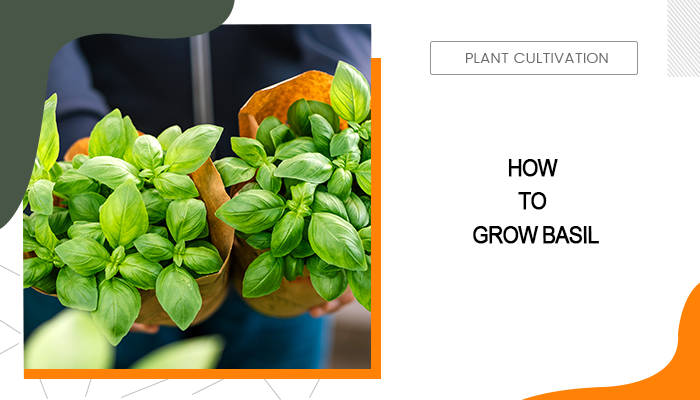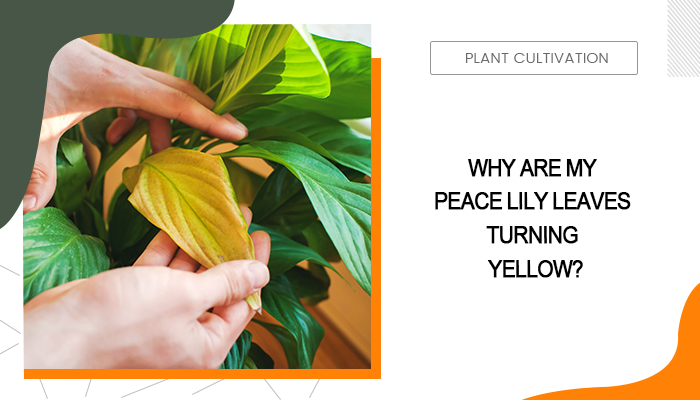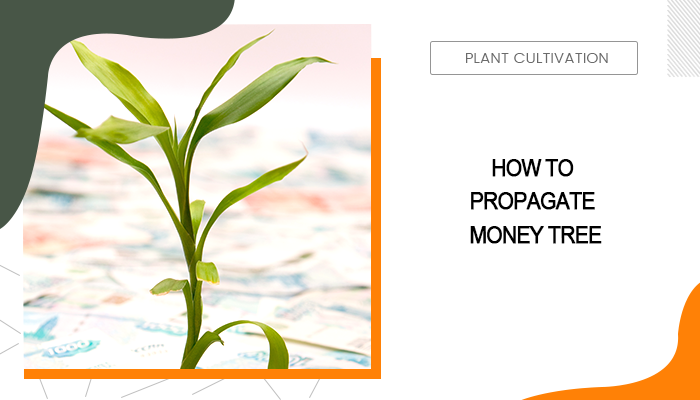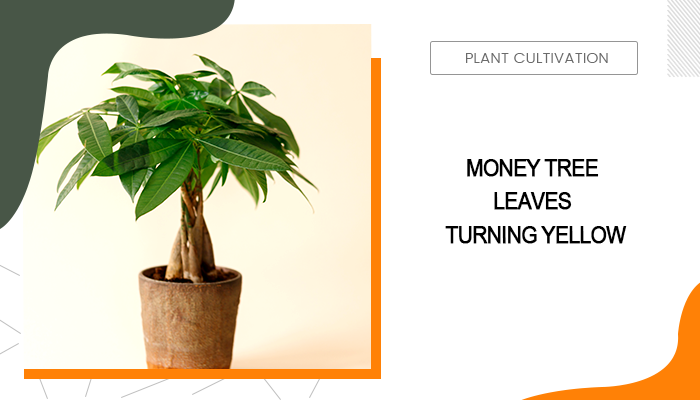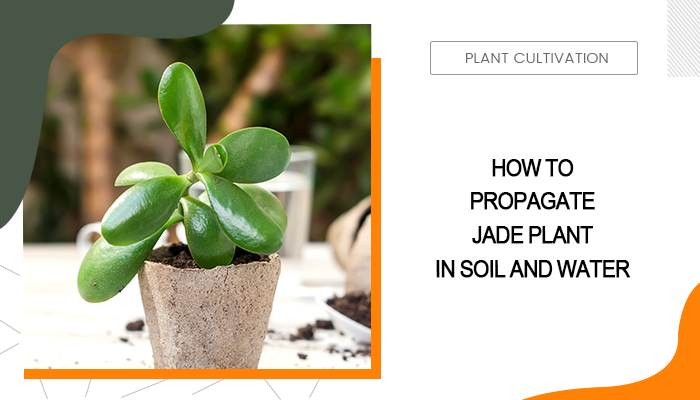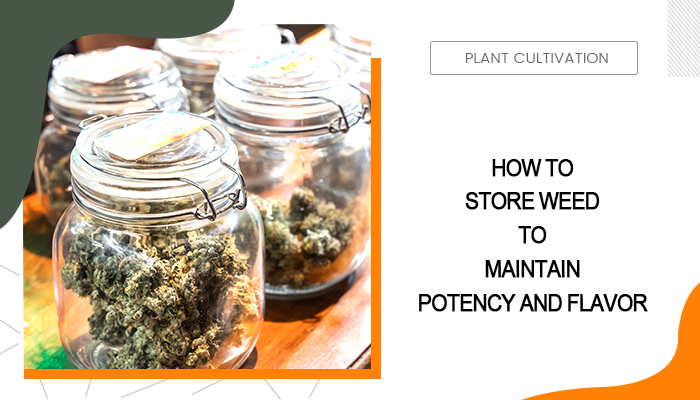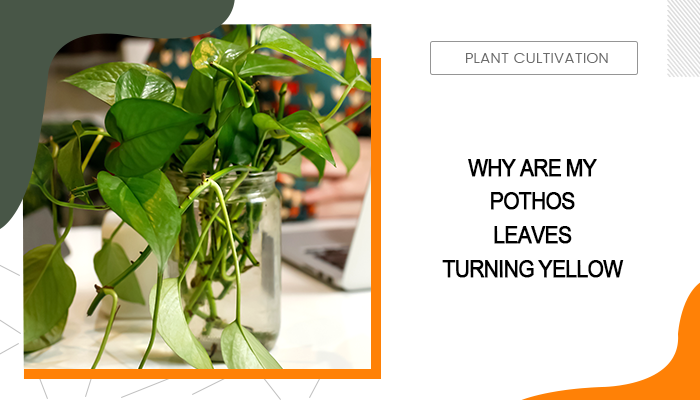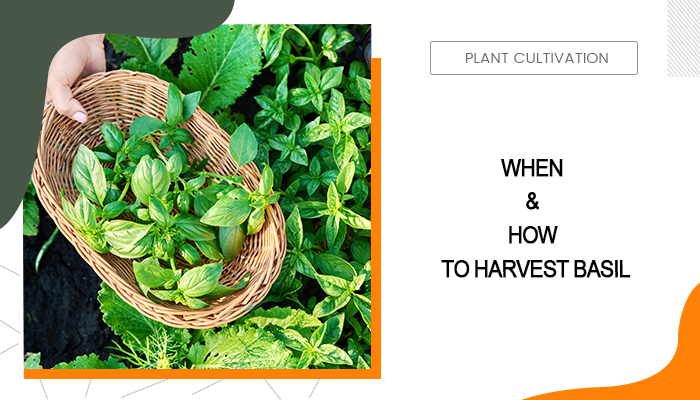How to Plant, Grow, and Care Basil Indoors
Basil, scientifically known as Ocimum basilicum, is a fragrant herb commonly used in a variety of culinary dishes, pizzas, salads, and Thai curries, just to name a few. Originating from tropical regions of central Africa and Southeast Asia, basil has already become a global favorite nowadays.
Thanks to its exotic taste, aromatic scent, and more importantly, ease of growing, it’s one of the most easily grown herbs for gardeners worldwide, whether grown outdoors or indoors in pots. With a bit of care and the right growing conditions, you can enjoy fresh basil year-round. Sounds interesting? Read on to learn how to grow basil indoors with the best basil plant caring tips.
Table of Contents
Choosing a Basil Variety
When talking about basils, you are probably thinking of the basil you are eating in daily pestos or pasta, which often refers to the Genovese basil and the sweet basil. As a matter of fact, basil comes in more than 50 types. Depending on your preferred flavor profiles, you have a large collection to choose from:
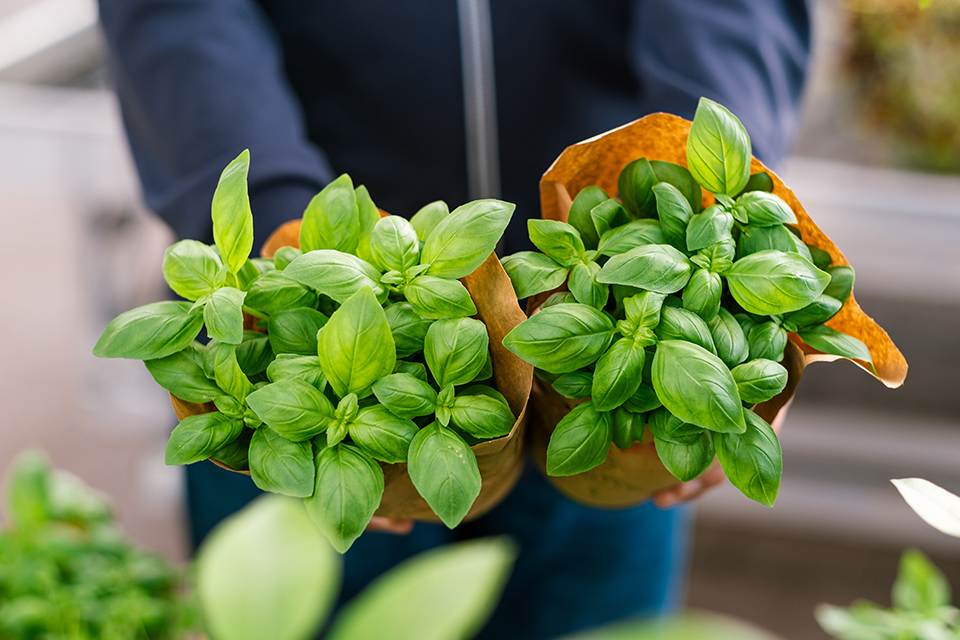
- Genovese Basil
- Sweet Basil
- Thai Basil
- Lemon Basil
- Holy Basil
- Greek Basil
- Purple Basil
- Cinnamon Basil
- Spicy Globe Basil
- Lettuce Leaf Basil
- Dark Opal Basil
- African Blue Basil
Fortunately, all basil varieties share a mutual preference regarding the growing conditions - they thrive in warm, sunny weather.
When to Plant Basil
Ideally, you can grow basil both indoors and outdoors. However, to give basil a longer growing season, it's best to start germinating the seeds indoors in warm conditions. You can begin sowing several batches from late February through mid-summer in small pots or seed starting trays at around 18°C (64°F). Pay attention to the last frost date before sowing.
When the seedlings have their first true leaves, which normally takes about 6-8 weeks, transplant them into bigger pots filled with multi-purpose compost. You can also sow basil more densely in trays for harvesting after a few weeks.
For outdoor basil planting, wait until the soil has warmed to at least 50°F (10°C) in early summer, with an optimal temperature of around 70°F (21°C) for best growth. Ensure that nighttime temperatures do not fall below 50°F (10°C).
Planting Basil Indoors from Seeds or Cuttings
How do you want to grow the basil? For first-time growers, you have to start with plain seeds. However, if you already have basil plants in your garden, expanding the collection with mature basil cuttings can be a good idea.
How to Grow Basil from Seed
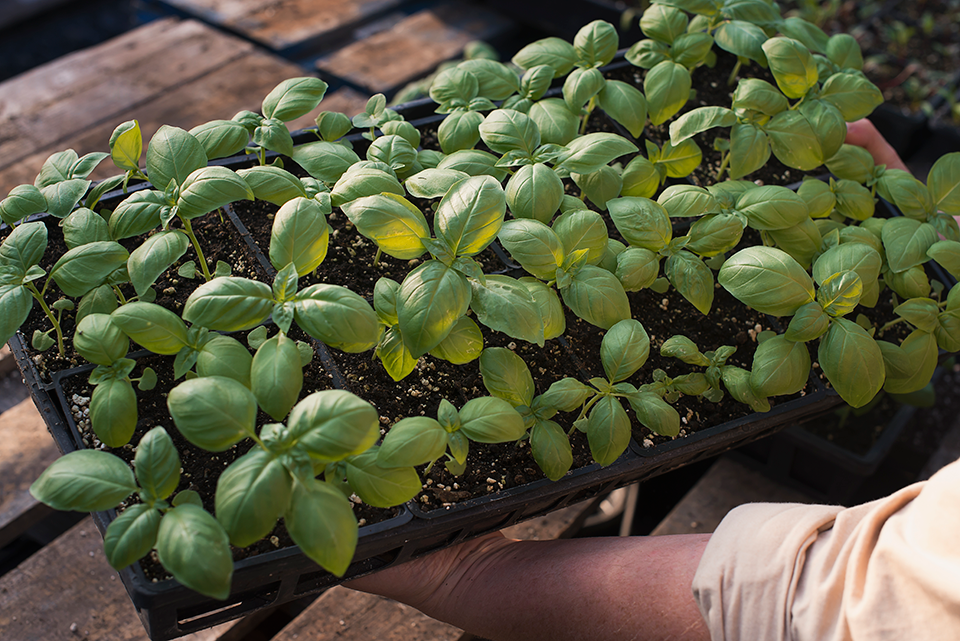
- Pack moist, fresh potting mix into 4-inch pots, then sprinkle a few basil seeds into each pot. Cover them with a thin layer of dry soil and press firmly.
- Lightly water or mist the soil, then cover it with plastic wrap to trap moisture.
- Place your pots in a warm area, ideally by a window. Ensure it doesn’t get drafty or too cool at night.
- Once seedlings appear, remove the plastic wrap and place the pots in a warm, bright spot, such as a windowsill, protecting them from hot midday sun. To avoid crowded plants, snip extra seedlings at the soil line. Keep the soil moist but not drenched.
- Once the seedlings have their first true leaves, transplant them into their own 7.5 cm (3 in) pots filled with multi-purpose compost. Alternatively, plant several seedlings 7.5 cm (3 in) apart in a larger pot if you intend to grow a group in a container.
How to Grow Basil from Cuttings
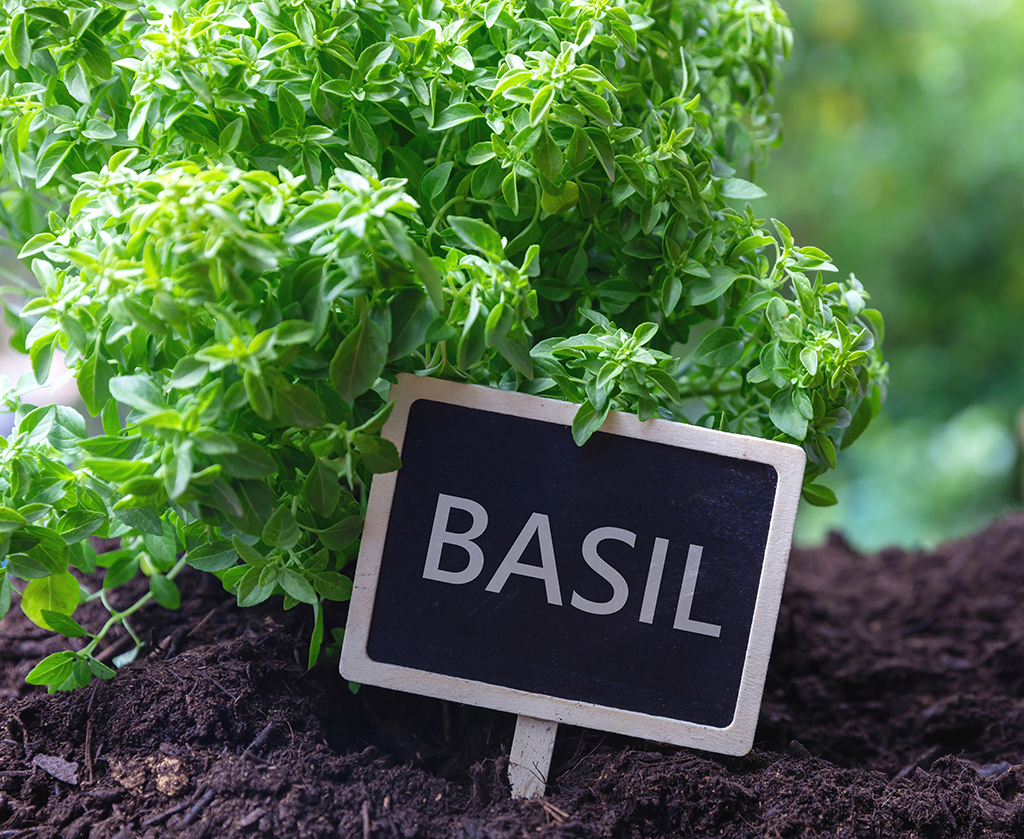
- Snip off a 4-inch cutting from a healthy basil plant. Avoid stems with flowers and make sure there are a few leaves or leaf nodes. Remove most of the leaves from the cutting.
- Fill a 4-inch pot with moistened soil and poke a deep hole with your finger into the soil.
- Insert your cutting into the hole and pat the soil down around the cutting, keeping it upright.
- Similarly, water the cutting lightly and cover the pot loosely with plastic wrap to trap humidity. You may need a pencil to prop up the plastic and keep it from touching the cutting.
- Place the pot in a bright, warm area, and temporarily remove the plastic once a day for about an hour to encourage airflow.
- Check for roots after about a month by gently tugging on the cutting. If there is resistance, it means roots have formed.
Caring Basil Plants: Soil, Lighting, Watering, and Nutrient
Proper care is essential for healthy and productive basil plants. To ensure a satisfying harvest, soil, lighting, watering, nutrients, and all sorts of basil plant caring can do you a big favor.
Soil
Basil thrives in rich, moist, but well-drained soil with a slightly acidic to neutral pH (6.0-7.0). If planting in a container, a mix of potting soil with compost works well. Also, use a large pot to prevent the plants from drying out quickly in hot weather and ensure the soil is loose and well-aerated.
Lighting
Does basil need full sun? Yes! Basil requires plenty of sunlight to thrive, which means they need at least 6-8 hours of direct sunlight per day. When growing indoors, ensure your windows are unobstructed to maximize light exposure. South or southwest-facing windows are ideal, though east or west-facing ones are also suitable.
If your space receives medium to low light, you can still grow basil at home using indoor grow lights, positioning them over the plants for at least 6 hours a day. For example, the Spider Farmer Glow80 LED Grow Light is a go-to choice for indoor herb growing.
Watering
Don’t water basil on a regular routine. Instead, water basil deeply and thoroughly whenever the top inch of the soil feels dry. Remember that pots dry out faster than in-ground gardens, and you'll likely need to water more often as temperatures rise. Meanwhile, you should avoid overwatering, as basil is prone to root rot and other water-related issues.
Check this post for a more detailed watering schedule for your basil plants: How Often to Water Basil Indoors & Outdoors
Nutrients
Basils are not heavy feeders, which means they generally does not need a lot of fertilizer, and over-fertilizing can diminish their flavor and aroma. It's important to use fertilizer sparingly. If you want to apply additional fertilizers, feed basil plants with a balanced, water-soluble fertilizer every 4-6 weeks. An organic fertilizer, such as fish emulsion or seaweed extract, is also beneficial.
Harvesting and Storing Basils
Once the young plants are 6 to 8 inches tall, you can harvest basil leaves by pinching them from the stems. Pinch the leaves from the tips of the stems to encourage branching and more leaf production. Keep the stems pinched even if you don’t use the leaves, to prevent the plant from flowering and producing seeds, which stops leaf production.
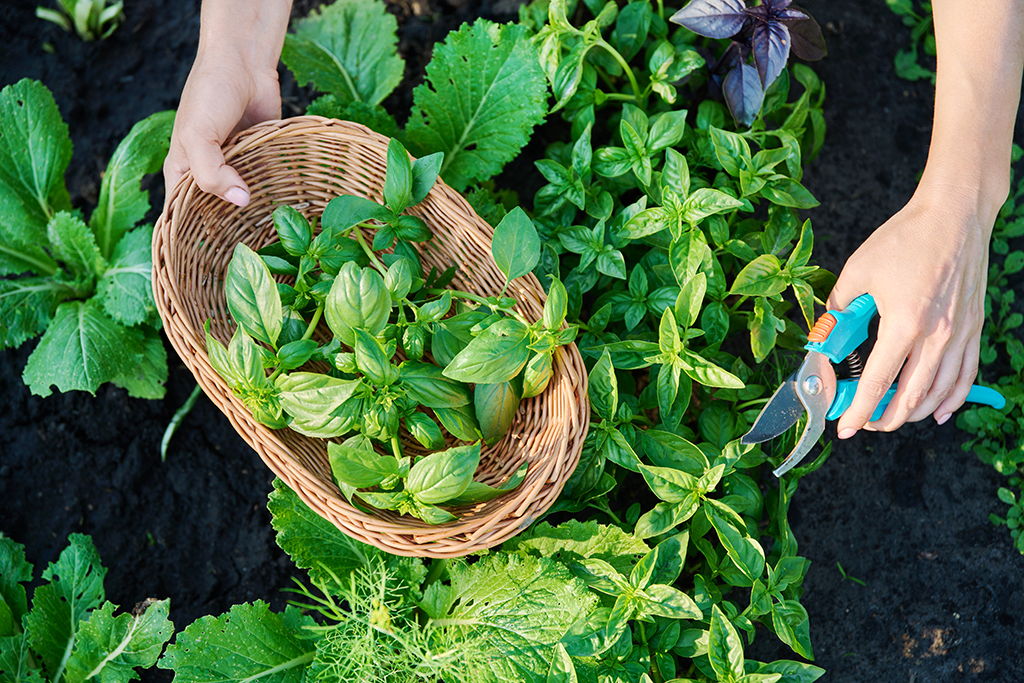
While you can dry the leaves, freezing or using them in vinegar preserves the flavor best. You can also flavor oils and make pesto, which should be refrigerated or frozen. Avoid keeping fresh leaves in the refrigerator as they will turn brown.
Conclusion
With its fragrant aroma and versatile use in culinary dishes, basil is a must-have herb for any gardener. How to grow basil? By selecting the right variety, providing optimal soil, lighting, watering, and minimal but appropriate fertilization, you are well-equipped to grow basil successfully and enjoy its delightful taste and aroma in your home.


